This is the second part of the custom workflow activity creation tutorial. For the first part please go here.
Now that we have a workflow activity defined, the next step is to add a new project to Visual Studio.
Next, add a project reference to the activity project.
Now to create the workflow. Add a new item to the project and select a Sequential Workflow.
Give the workflow a name and set it as a list type.
Next, select the option for associating with libraries and lists. You can of course opt to not auto associate and this is something I’d generally do as it allows you to control where and what the workflow is associated to when activating the feature, but that’s a different topic altogether.
While the new workflow is opened, hover over the toolbox pane and you should see the custom activity that was created in the first part of this post.
Before adding the activity, add the ApplyActivation activity to the designer.
To configure the apply activation activity, we first need to create and associate a workflow context property. To do this, select the activity in the designer, bring up the properties pane and edit the __Context property.
Switch to the Bind to a new member tab and create a new field.
The difference between a property and a field is that the former creates a dependency property while the latter is a simple .NET property with no such binding.
Do the same for the _WorkflowProperties property, only this time instead of binding to a new member, select the workflowProperties item that already exists.
Next, add the custom activity to the workflow, immediately after the ApplyActivation activity.
Switch to the code behind for the workflow and add the following property.
public SPItemKey ListItemId { get { return new SPItemKey(workflowProperties.ItemId); } } |
This will be used to convert the item id for the workflow to an SPItemKey object.
Head back to the designer window and bring up the properties pane for the custom activity. Here you want to bind __Context to applyActivation1_Context1 (or whatever you called the context field property). You should also bind the __ListId property to the ListId child property of applyActivation1_Context1.
Next, you should now associate the __ItemId property with the ListItemId property, which we created via code behind.
Lastly, you should enter a valid email address for the EmailTo property.
If this were a workflow for a live system this would definitely not be the way to go, you’d want to dynamically set the value here either from the parent workflow or by retrieving the value from one of the workflow item’s fields.
We’re now finished with the workflow. Next, open the feature editor – as this is a new project and we only added one workflow there should only be one feature present. To have SharePoint automatically register this workflow change the receiver assembly to Microsoft.Office.Workflow.Feature, Version=14.0.0.0, Culture=neutral, PublicKeyToken=71e9bce111e9429c and the receiver class to Microsoft.Office.Workflow.Feature.WorkflowFeatureReceiver.
Before we deploy the solution, there is one last thing we need to do and that’s ensure the assembly for the workflow activity is deployed along with the SharePoint solution. To do this open the package editor and click on the Advanced link.
Click the Add button and then Add assembly from Project Output….
From the popup, select the workflow activity project and ensure the deployment target is set to the GAC.
Deploy the solution, activate the feature and bob’s your uncle. You should now be able to associate the workflow with any list or library and receive an email after creating a new item. Ensure that your server has an outgoing email server configured and the email address set in the workflow is valid, otherwise you will get errors.

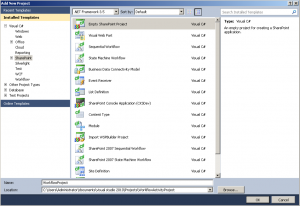

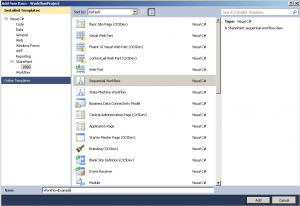
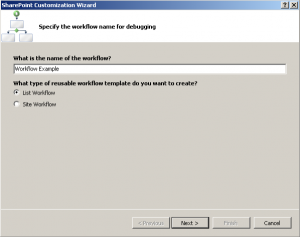

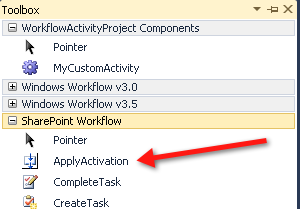
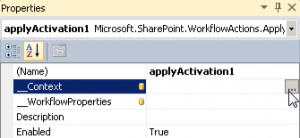
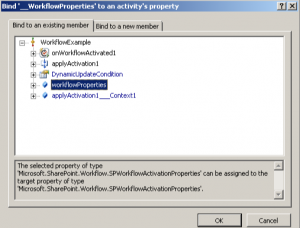
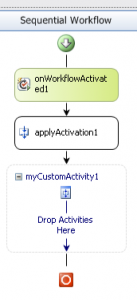
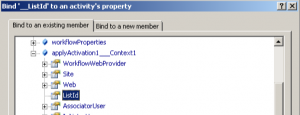



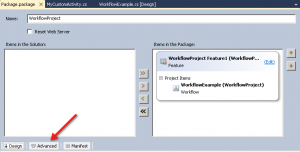
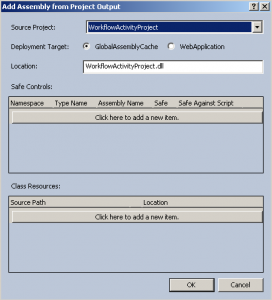
i need the project source code urgent
Follow the steps in the blog and you shall be enlightened.
Greate article! Here is another good article on this topic: http://www.harepoint.com/Articles/SharePointCustomActions.aspx
WBR, Alexander